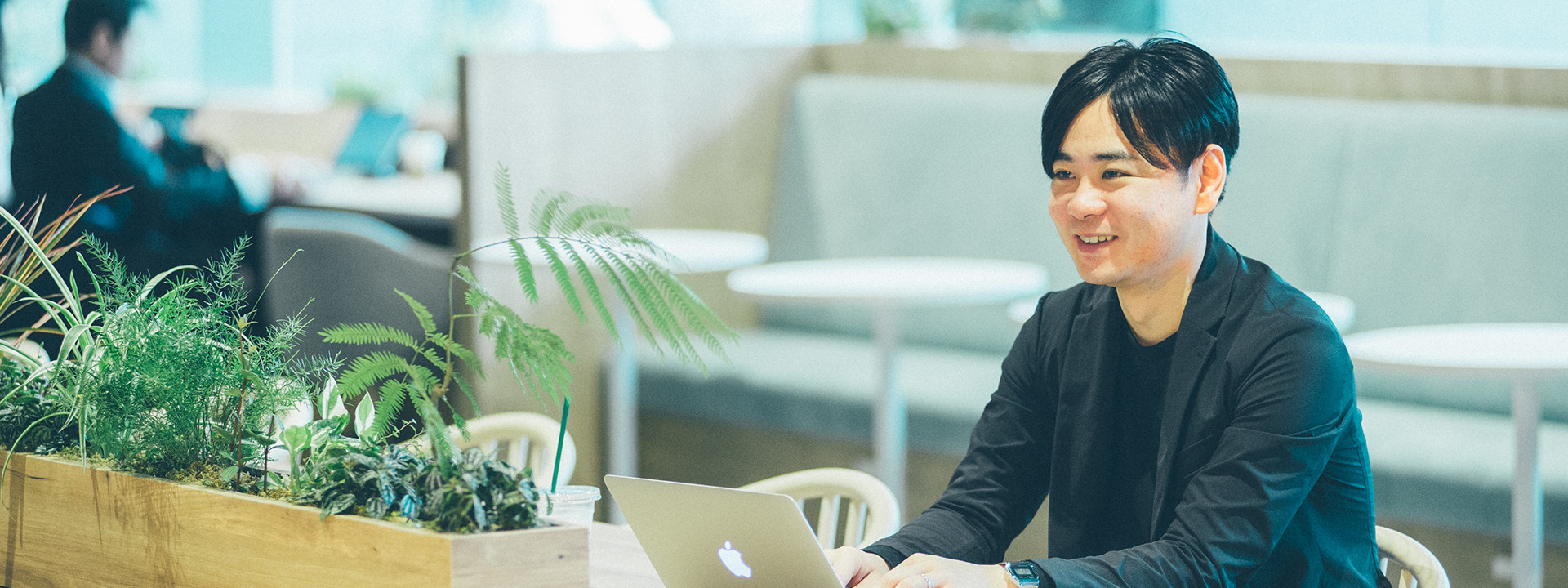
2018/07/09
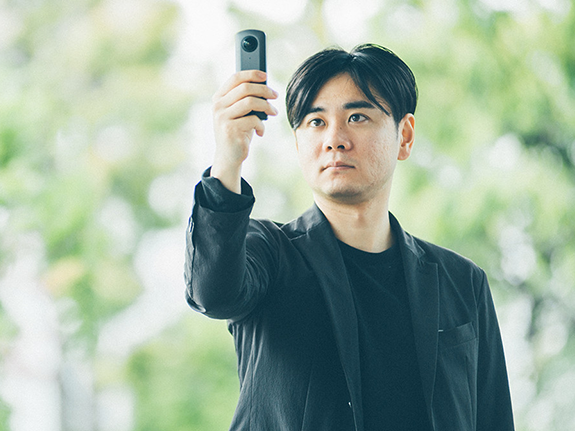
Naoto Tsuruoka
Product Designer
Joined 2008
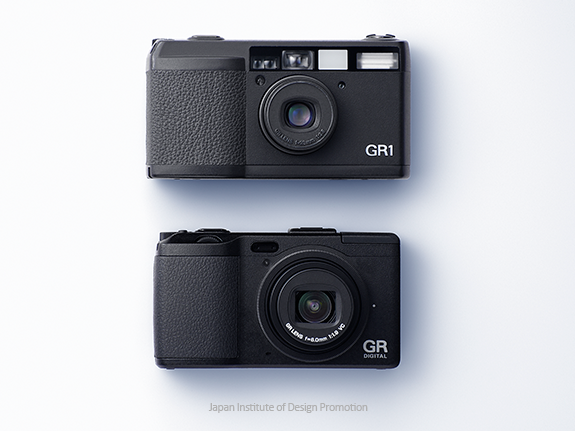
It was the GR that motivated me to join Ricoh.
Preserve the good qualities of a long-lived product while also making it new. I think that a representative example of this is the GR compact camera, which inherited a film-era design more than 20 years old. I joined Ricoh because I am attracted to products designed in a way that grasps the context of the product and that fits the times. For the THETA 360° spherical imaging camera that I am working on now, my goal is to develop the brand while grasping the context in the same way as was done for the GR.
After joining Ricoh, I started out working on the designs of multifunction printers, and since then I have been involved in the development of a variety of products, including interactive whiteboards, medical devices, and cameras. Currently, I am working on the designs of several products in parallel with my work on the THETA.
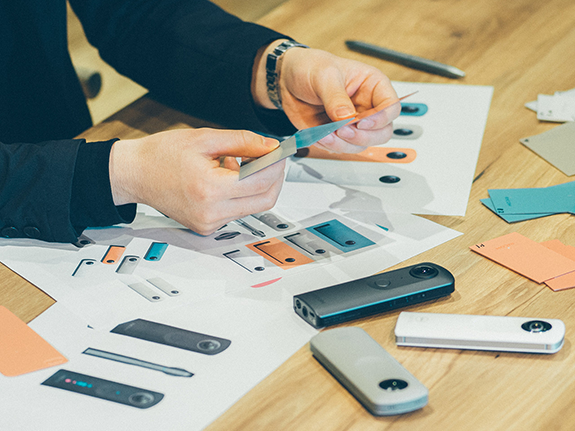
An unchanging design praised throughout the world. The pride of THETA.
While being involved in the development of the successive generations of the THETA series, I have approached the designs with a “change without changing” mind-set. For example, the form of having the thumb naturally come in contact with the shutter button while holding the camera is an aspect of the 360° shooting style pioneered by the THETA, and it has been maintained as an iconic characteristic. On the other hand, since performance has been improved and functions added with each model change, we decided to add an indicator to show setting status to users. A variety of display methods were considered with the goal of preserving the THETA’s simple and elegant design. The method adopted was in-mold molding with the indicator integrated into the exterior and the icons displaying only when the LED is on. The target design was realized by having the designers themselves try out and verify the surface material, LED combination, etc.
The THETA has won a large number of design awards to date, and I was very pleased when a judge for the Good Design Award praised it for “a design identity that has been handed down unchanged.”
An environment in which it is possible to design the total customer experience
A major feature of Ricoh’s design center is that it has an environment enabling product-focused design integrating diverse fields. In the actual case of the THETA, design activities pay attention to the total customer experience, including package design and smartphone apps as well as the websites, advertising, and store demo kits by which users learn about the products.
The design center’s involvement in such a wide range of activities was triggered by THETA development about seven years ago. With no precedents to guide us, the question faced was: How can we communicate the value of this product to the world? The people most suited to consider this question were the designers, since they were the product’s creators and the most knowledgeable about it. Consequently, the design scope was widened to include the communication of product value using a process encompassing the visualization of user behavior and the identification of product touchpoints.
In addition, in order to create the customer experience on an ongoing basis, in the design process it is necessary to grasp the context that the product nurtures in society. With the THETA, we began with the designing of the act of “photographing everything across 360°.” With 360° images currently becoming more popular, we are now shifting our focus to the act of “viewing and enjoying the images photographed.” Going forward, our design activities will be taking a close look at new context by asking: What new display methods and services will be born and what styles will be most suitable?
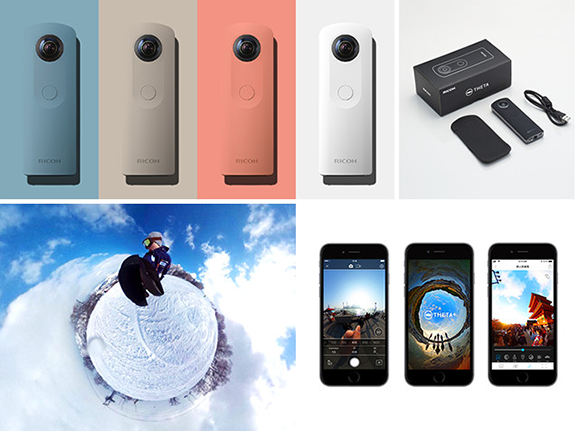
Design that grasps the context
Introduced in 2013, the THETA has progressed through five generations while earning the support of many users. I think that this has been made possible by our system of designing the total customer experience up to now and by our efforts to reflect in these products the Ricoh design philosophy of discerning and nurturing intrinsic value. As part of this, what I view as most important in the design work is to grasp the context.
Understanding the history of the product and carefully watching the changes taking place in society, we create the customer experience while giving the product colors, forms, and usability suited to the times. For not only the THETA but a wide range of other fields as well, in the future I want to continue to put into practice design that grasps the context.

One day of Tsuruoka
9:30
Arrive at office; check email
10:00
Design work; discussions via teleconference
11:00
Application UI/UX design
12:00
Lunch
13:00
Go to head office
14:00
Discussions with planning personnel
15:00
Product design
16:00
3D printer output
17:00
Website design
19:30
Leave office